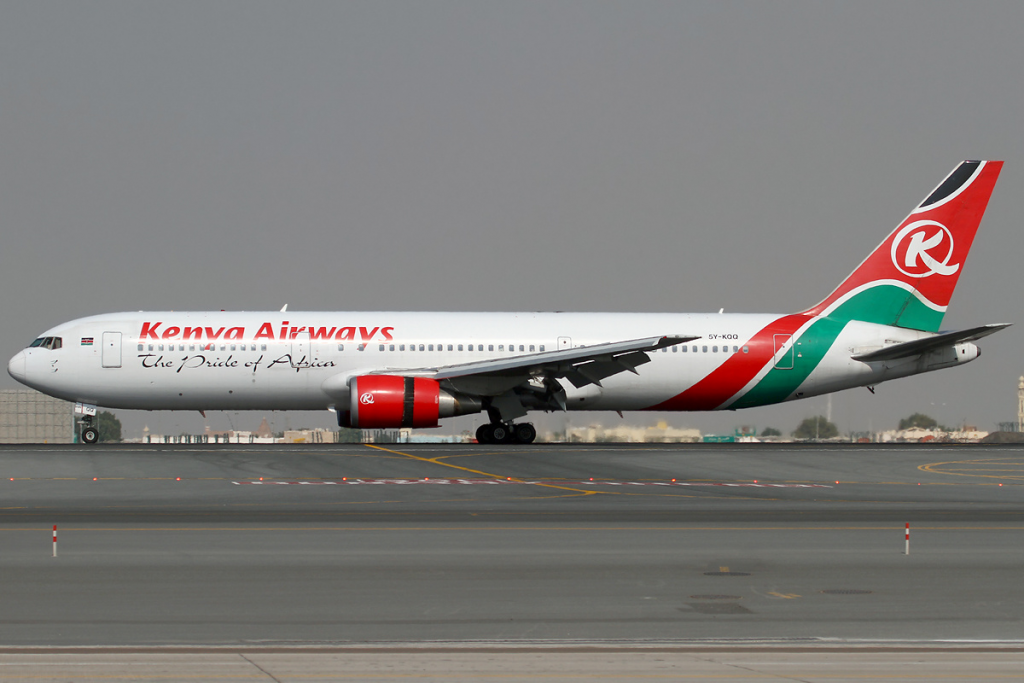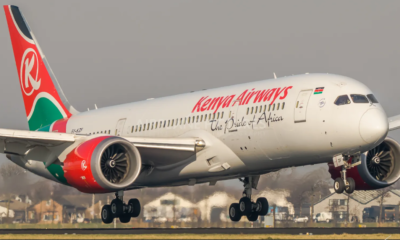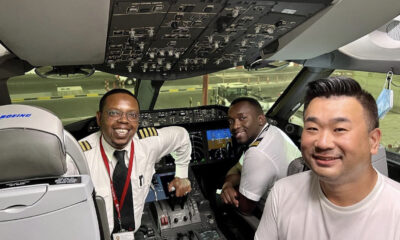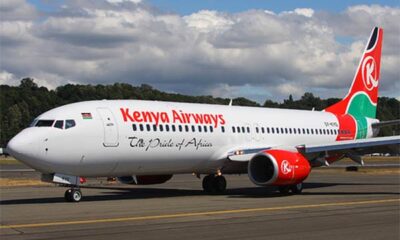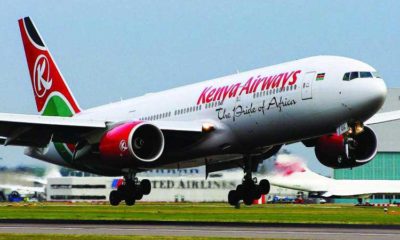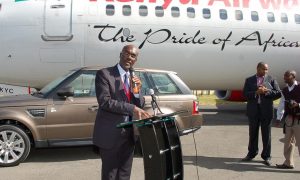By Payton Mathau
For years now, Kenya’s national carrier, Kenya Airways (KQ) profit-and-loss account has been, worryingly, sliding south, with the executives blaming several factors like the cost of fuel, the dropping number of passengers and, more recently, the Ebola outbreak in most parts of West Africa that forced them to suspend flights to these destinations for some time.
The airline’s chief executive Mbuvi Ngunze, in a recent opinion in the mass circulating weekly newspaper, the Sunday Nation, even blamed that slide on “intense competition and more recently the threat of terrorism…that have adversely impacted global travel. There is also political instability, natural disasters and an increasingly tight regulatory environment,” he wrote.
The list of excuses has been endless, and even includes the industrial actions by pilots and other cadre of staff.
Even in the face of the worrying loss-making by the country’s flagship carrier, the executives have remained upbeat, at least on the surface, that KQ has made several positive strides.
In November 2014, the airline posted a half-year loss of Sh10 billion. This was not isolated because in June 2013, the company had also posted Sh7.9 billion loss for the financial year ending in March 2013.
“Over the last decade, KQ worked hard to successfully shed the image of an ailing airline dependent on government lifeline. Since it was privatised in the late 1990s, the airline grew rapidly, lifted by strong fundamentals and embracing a culture of competitiveness and innovation. Before the current challenges, KQ was one of the most profitable airlines even earning the “Most Respected Company in East Africa” accolade,” Ngunze’s opinion article in the Sunday Nation read.
But investigations by Nairobi Law Monthlyhave revealed that the breathtaking extent of loss-making at KQ was perpetrated by the high and mighty, who, even at the moment, are angling to kick out Dutch airline KLM as a major shareholder in favour of the an airline from the Gulf States.
Many may recall that the Dutch airline KLM, which is now being strenuously pushed out in favour of Etihad, is the one that had stabilised KQ, and their code-sharing framework has not only had positive returns for KQ but also opened for it most of the European routes.
The investigations uncovered that the genesis of the extreme turbulence KQ is experiencing could be traced back to Anglo Leasing-type deals when top management and senior government officials formed special purpose vehicles (SPVs) to fleece the carrier.
Majority of these SPVs were incorporated in tax havens like the Cayman Islands, and through a complex web of transactions were buying and selling, or leasing to KQ aircraft at mind-boggling fees.
As such, the SPVs have, in essence, have continued to strangle the national carrier in a complex web that KQ cannot and will not easily get out from, unless something more radical happens.
Media blackmail
Most of these SPVs were incorporated during the former CEO Titus Naikuni’s era, and Ngunze, who took over from Naikuni, was a high-ranking official at KQ.
Kenya’s local media attempt’s at disclosing these deals have been met with specific threats to journalists as well as the KQ executives withdrawing their adverts, at least until they play along.
In the early and mid-2000’s, KQ wanted to buy a new fleet of Embraer, the Brazilian-manufactured mid-range, aircraft, but could not make the down payment for the planes to the manufacturer. It thus borrowed money from some financiers to make the down payment.
In order to borrow the funds for the down payment, KQ transferred the purchase agreement for the fleet of planes to a new company that would become a borrower proxy for KQ.
According to the documents in possession of NLM, the borrower was Amboseli Limited, a special purpose company that was registered in the Cayman Islands. Amboseli Ltd was structured so that should it go into bankruptcy then KQ was to be at arm’s length – thus the phrase Bankruptcy Remote Orphan (BRO).
An orphan structure is a financing term referring to a company whose shares are held by a trustee on a non-charitable purpose trust. The company is said to be an “orphan” as it is not beneficially owned by anyone. Orphan structures are usually used in offshore structures to ensure that the assets and liabilities of the subject company (in this case Amboseli Ltd) are treated as “off-balance-sheet” with respect to the sponsor of the structure (in this case Kenya Airways).
Other reasons for creating an orphan structure are to avoid or minimise regulation which might otherwise apply to a structure, and to ensure that the company is “bankruptcy remote” from companies in the same group as the sponsor. Orphan structures are relatively common features of securitisation vehicles, where the asset backed bonds are issued by the orphan company (Amboseli Limited).
Shares in Amboseli Limited were to be held in trust for the benefit of whoever is putting up the money for the aircraft purchase. The trustee of all the shares in Amboseli Ltd was yet another special purpose vehicle called Walkers SPV (special purpose vehicle).
In the agreement, Amboseli Ltd was to use the purchase agreement signed by KQ with the manufacturer of the Embraer aircraft to approach unidentified lenders who would advance the funds necessary for payment and delivery of each plane until the fleet is bought entirely.
The terms of this agreement was that KQ would pay to Amboseli Ltd the sum of Manufacturers price plus Amboseli Limited’s “running costs” plus interest owed to the lenders engaged by Amboseli Ltd.
KQ was to repay Amboseli Ltd in instalments in the course of 12 years, according to March 2014 annual report, and each instalment is called a borrower’s contribution.
The borrower’s contribution is due from KQ whenever Amboseli Ltd is due to make an interest payment on the loan. In each instalment KQ pays the sum of: The interest due to be paid to the lender by Amboseli Ltd plus Amboseli Ltd’s running costs.
On the delivery date of the aircraft, KQ was to pay Amboseli Ltd the Balance of the purchase price. This means Amboseli Ltd would, on the same delivery date, pay the balance of the purchase price to the manufacturer, plus repay the lender for the particular aircraft.
In the structure, KQ would only take delivery, not title (the real proof of ownership), of each delivered aircraft. Amboseli Ltd was to deliver the title to another company called Samburu Limited “to whom the Delivery Facility is made by the long term lenders.”
From the chart in the documents in possession of NLM, the immediate questions were (1) where is Samburu Limited placed on the chart? (2) Who is the facilitating agent referred to on page 1 (paragraph c) of the document?
As at March 31, 2014, the KQ had 47 aircraft, either owned or on operating leases, according to KQ’s annual report. These comprised five Boeing 777 wide body jets, one Boeing 787, six Boeing 767 wide body jets, 13 Boeing 737 narrow body jets, 20 Embraer regional jets and two Boeing 737 freighters; formerly passenger aircraft, one converted to a freighter during the year, while the other had been converted the previous year.
Our attempts to get Ngunze, KQ’s CEO, who is officially the company spokesman, to respond to the specific questions were rebuffed, in a response couched to avoid at all any discussions on them.
“The right process for enquiries into KQ is Wanjiku Mugo, copied, in who is our Corporate Communications Manager. Perusing your questions, it is clear to me that you have not had sight of our annual report where we make disclosures on financing transactions. Kindly refer to the attached on pg (pages) 115, Note 29. This may then inform the questions you have,” said Ngunze, in an e-mail also copied to the company secretary Teodosia Osir, delegating the role of the official company spokesman to his junior.
From a cursory look, Note 29 answered nothing, at least not the questions we had sent to KQ for their response about the incorporation of the SPVs in the Cayman Island, ownership structures of the lenders and facilitating agents and the net effect of these special purpose companies to KQ.
Meanwhile, Wanjiku Mugo, who had been delegated to respond to communicate with us, remained cagey, only directing us to the link to the same document Ngunze had pointed at.
“Thank you for your inquiry. I see Mbuvi (Ngunze) responded to you on where you could find comprehensive answers to your questions. Please refer to our annual reports that are available on our website,” Wanjiku Mugo said.
Behind the scenes, the KQ management sought to thwart the publication of the exposé, unsuccessfully. When that hit a snag, Ngunze, in an unsolicited opinion article in the Sunday Nation, perhaps to dampen NLM’s queries, sought to challenge “A lot of untruths and innuendos (that) have recently been peddled in the media and other circles regarding Kenya Airways.”
Meanwhile, KQ’s expansion strategy, Project Mawingu, in the recent past has been the acquisition of the B787-8 Dreamliners, currently Boeing’s flagship product. The national carrier was to borrow, through a similar but complex web a sum of $1 billion (Sh95.4 billion) to purchase the nine Dreamliners.
In the recent past, perhaps saddled by the debts to some of the interest-bearing loans and borrowings from lenders, which according to the 2014 annual report include Swara Aircraft Financing Limited, Barclays Bank PLC, Ndovu Aircraft Financing Limited, Nyati Aircraft Financing Ltd, Kifaru Aircraft Financing Ltd, Chui Aircraft Financing Ltd, Tsavo Financing LLC and Aberdare Ltd, KQ appears to have ditched buying the expensive Dreamliners. The Dreamliners price averages $225 million (Sh21.5 billion) for a single aircraft.
Instead, KQ announced that it would be leasing the aircraft from AWAS Aviation Ltd who is to buy them and then lease out to KQ. The decision to abandon purchasing the Dreamliners came after KQ had acquired seven of the nine it had planned to purchase.
Though AWAS Aviation Ltd is an Ireland firm, information that NLM has exclusively obtained indicates that its ownership structure has many Kenyan interests. In fact, one famous political family in the country, NLM established, could be holding significant interests in not only the firm but most of the KQ’s lenders.
In March 2014 annual report, KQ also paid to its lenders a staggering Sh89 million up from Sh62 million in 2013. The lenders, the annual report indicates, are Barclays PLC, Citibank NA, Citi/JP Morgan and Afrexim for aircraft loans. Meanwhile, Cooperative Bank financed engine purchases, and KQ also has in its books short term facilities. The tenor of the borrowings range from one to 24 years since 2005, with interest rates of between 3.41 per cent and 6.59 per cent annually.
“The loans were obtained for the purpose of funding aircraft acquisition, aircraft spare engines and for pre-delivery payments for ordered aircraft. For the purpose of holding collateral for the financiers, the aircraft are registered in the name of special entities whose equity is held by the security trustees on behalf of the respective financiers. The legal title is to be transferred to Kenya Airways Limited once the loans are fully repaid,” the annual report states.
For now, it seems KQ is in deep turbulence – like Mumias Sugar Company which is seeking Sh5 billion from the government to stay afloat after years of mismanagement – and the carrier may be forced to make an emergency landing. That emergency landing may come very soon and could even jeopardise its intention to fly to new destinations, including the United States.
Kenya Insights allows guest blogging, if you want to be published on Kenya’s most authoritative and accurate blog, have an expose, news TIPS, story angles, human interest stories, drop us an email on [email protected] or via Telegram
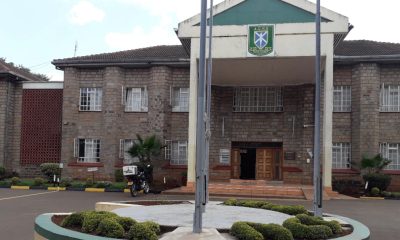
 Investigations2 weeks ago
Investigations2 weeks ago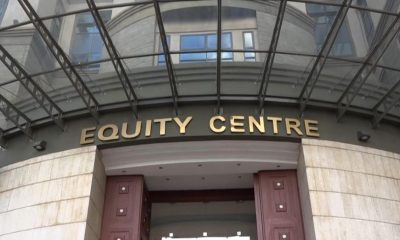
 Business2 days ago
Business2 days ago
 Business1 week ago
Business1 week ago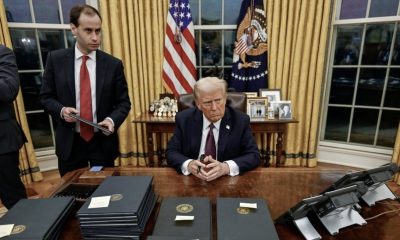
 Americas2 weeks ago
Americas2 weeks ago
 News2 weeks ago
News2 weeks ago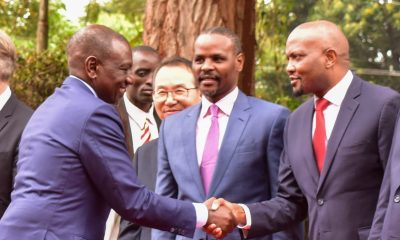
 Politics1 week ago
Politics1 week ago
 Business2 days ago
Business2 days ago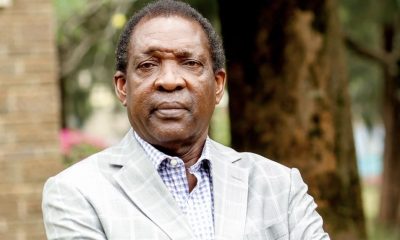
 Business1 week ago
Business1 week ago
